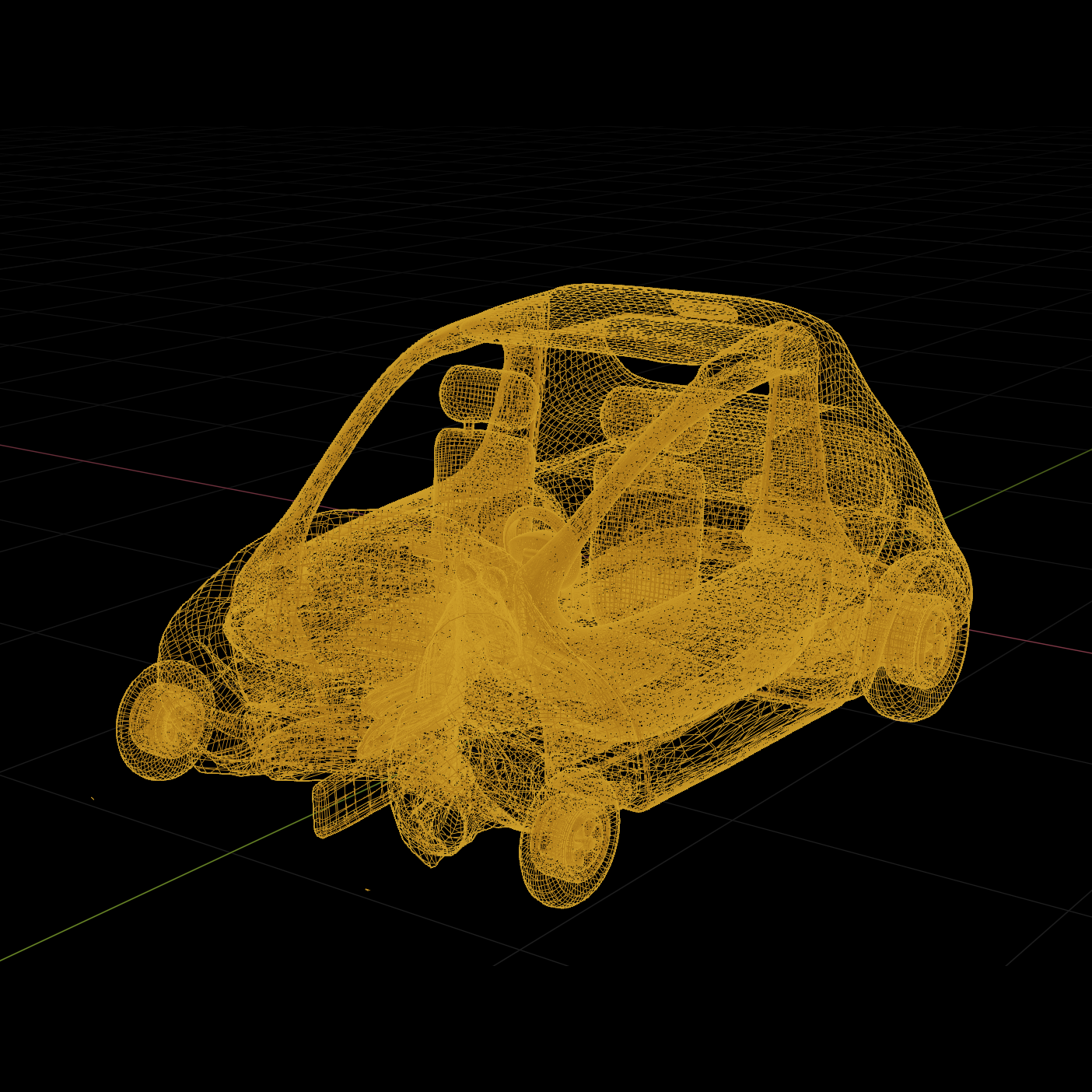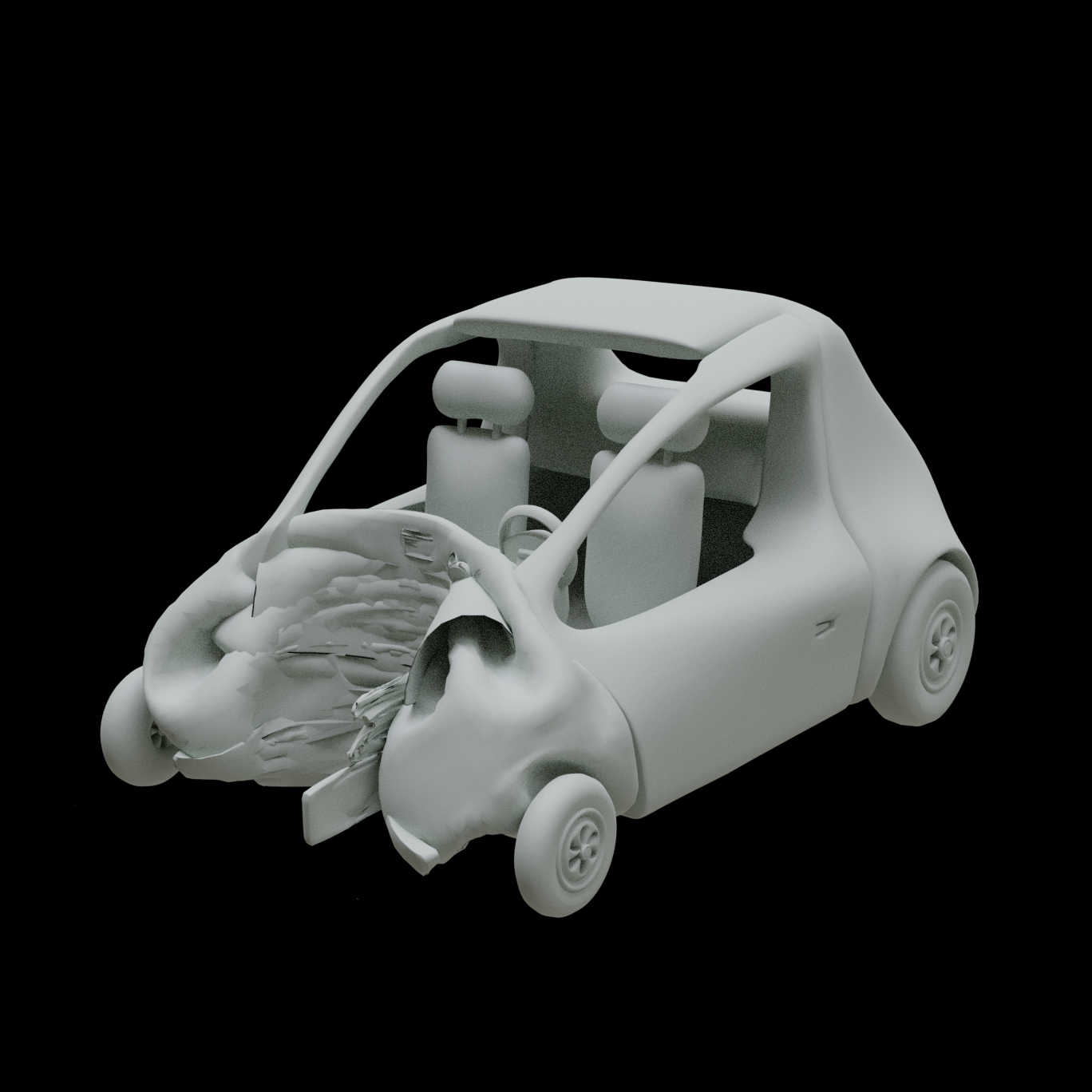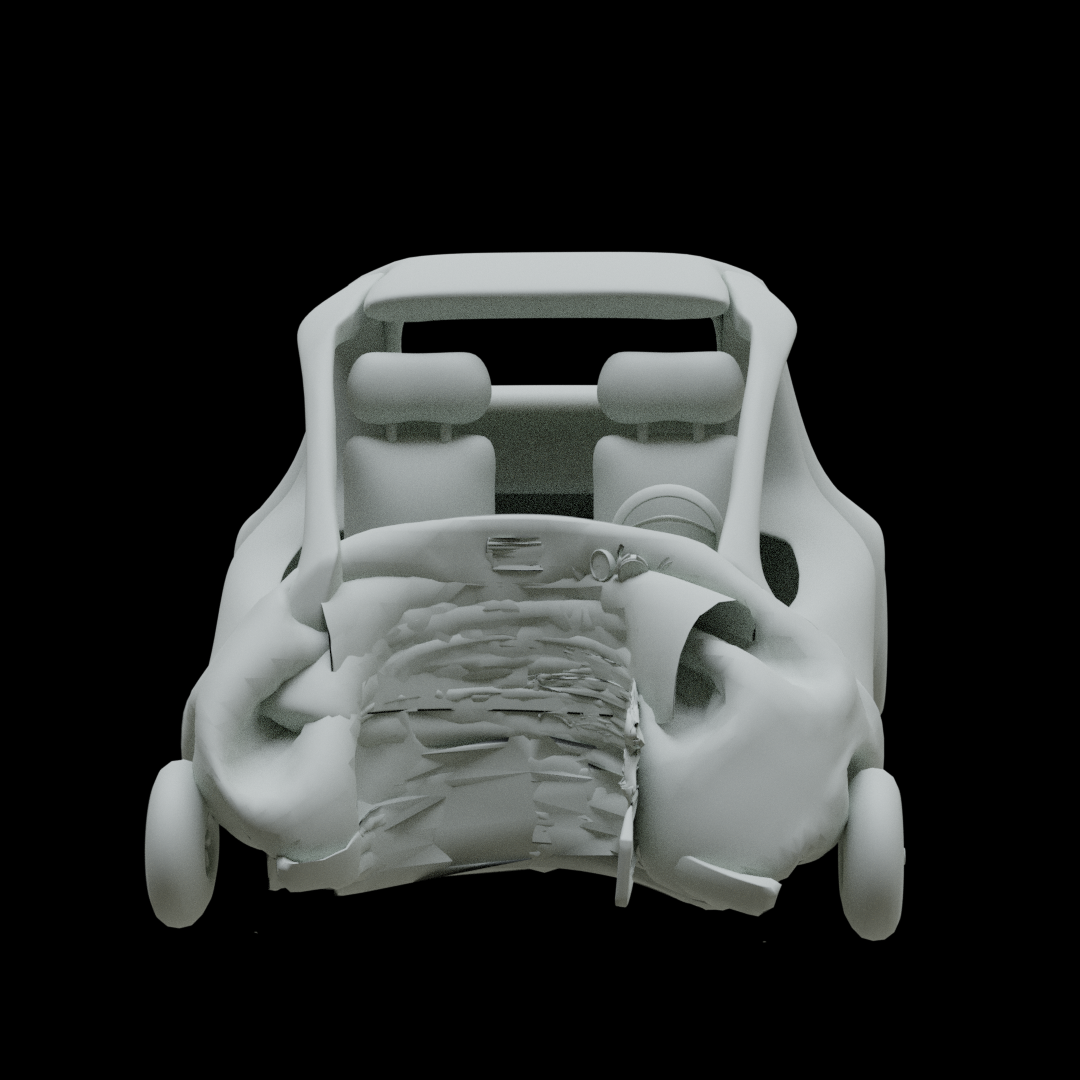Different Types of 3D Modeling
In the last Live Stream, I talked about different types of 3D Modeling methods. I feel like it would best to make a blog post and list them all here to give everyone a better idea of different ways of 3D Modeling.
Box Modeling
Sculpting
Non-Destructive Procedural Modeling
Simulation Driven 3D Modeling
Texture Driven 3D Modeling
Box Modeling
Houdini, Blender, zModeler in zBrush, Modo, Maya, and 3D Studio Max are all great examples of box modeling. Box Modeling is when you manually manipulate the points of the geometry. You can transform the geometry point by point, or in selective groups, or even as a whole.
Scale, transform, and rotate the points of geometry manually in any type of method is considered box modeling. Manually move each point. Every action is made by a user decision. Unlike simulations that are driven by user input parameters and the rest is handled by the software to interrupt the parameters to simulate certain scenarios.
Sculpting
Sculpting mostly relies on brushes that have presets configured ahead of time and the user can use these brushes to digitally sculpt the geometry into shape. Every stroke made by the user manipulates the target area of the geometry and affects the target points of the geometry.
zBrush is famous for its digital sculpting applications and its brushes heavily influence the geometry. This is how sculpting is difference from box modeling where the points are instruction to be manipulated in a more precise numerical way.
Non-Destruction Procedural Modeling
Houdini is definitely the king of procedurism! Almost every action is non-destructive and can be undone. Houdini uses nodes to manipulate the geometry, where each node is an unique action affecting the geometry. Each node can be deleted at any time and can be re-added back into the process making it truly non-destructive.
Simulation Driven 3D Modeling
Using simulations to manipulate geometry is becoming more and more common. For example, cloth simulations can easily manipulate a simple grid plane geometry into a realistic cloth. Using Houdini’s simulations to drive your 3D models is incredibly useful and renders realistic results.
Over on the right is a clip of a flat geometry with two grid planes welded together on the sides to form a pillow when I use the Vellum Solver in Houdini to inflate it.
Even zBrush now has implemented a cloth simulator to power its 3D modeling capabilities. This cloth simulator feature is now available in the new zBrush 2021.
zBrush’s cloth simulator can even be used to 3D model destruction on geometry!
Texture Driven 3D Modeling
Using textures and kitbash different noise patterns to generate displacement maps and manipulate the geometry. Texture driven 3D Modeling is the topic that I cover in a Live Stream. I go about explaining how to use Height Fields in Houdini to generate interesting mask images to drive the textures in Substance Painter. And in order to be able to apply the textures to the 3D model, you’ll need compatible UV’s. In the Live Stream, I demonstrate an unique technique where I use Height Fields to generate UV’s that are compatible with Height Field mask images. As a result of the whole process, it creates interesting textures and noise that can be very useful for procedural modeling.



